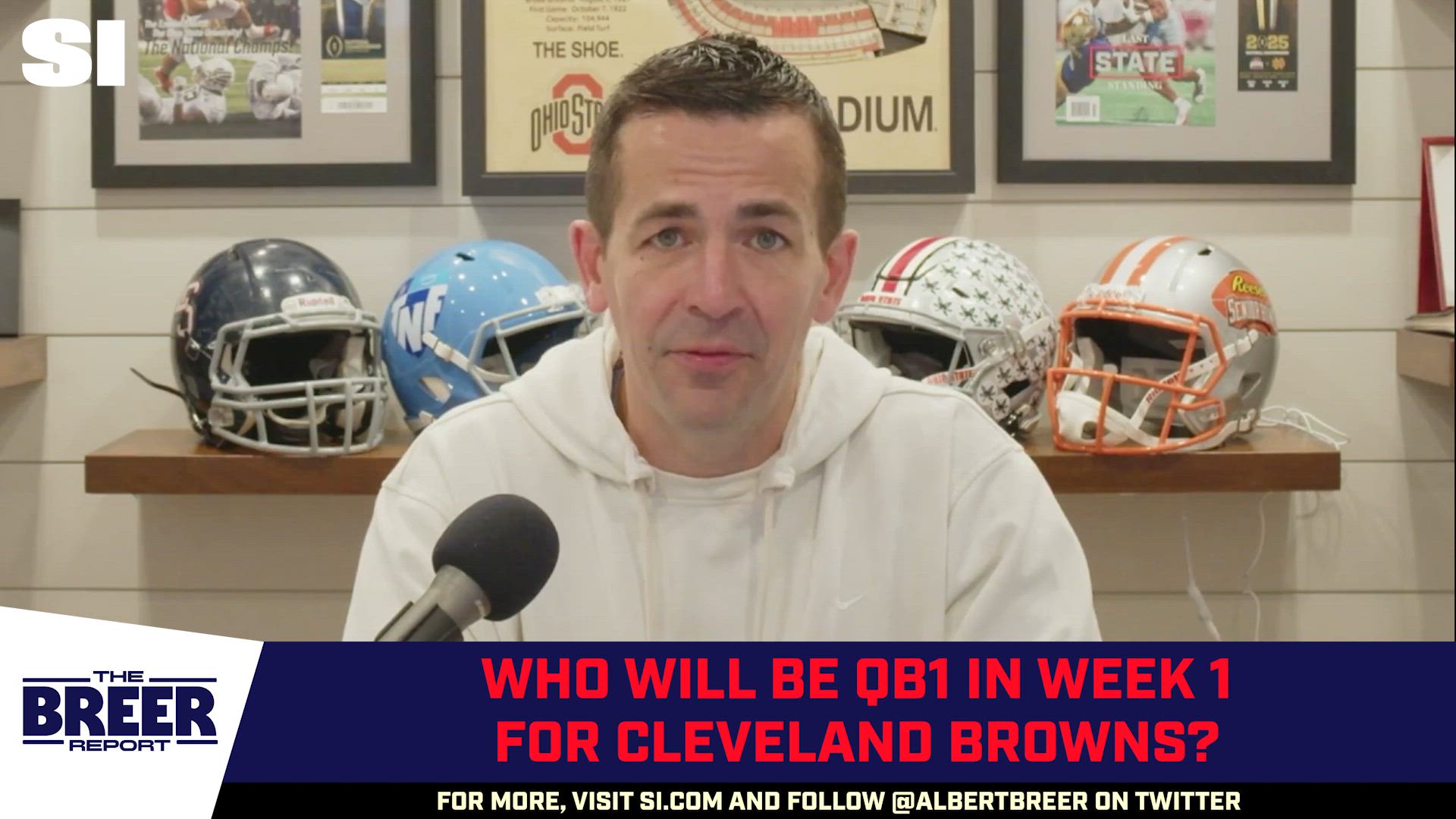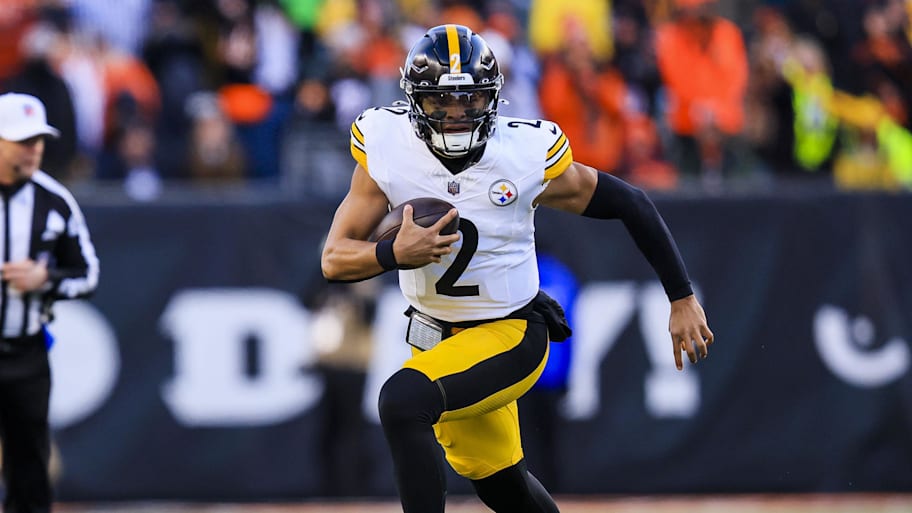
The lucrative contracts for many offensive lineman shouldn’t be considered risky signings for various reasons, one being the lack of quality players at the positions.
Consistency and availability are vital when it comes to the large men tasked with protecting the very important quarterbacks across the league. If they can provide that, even if the production on the field is average at best, teams will have no problem breaking the bank to fill offensive line needs.
The football public often loses its mind seeing an obscure lineman become one of the highest-paid players from the first few days of free agency. This year, the criticism was aimed at Dan Moore Jr. and Tennessee Titans after the two sides agreed to a four-year, $82 million contract. There was also offensive guard Aaron Banks, who agreed to a four-year, $77 million contract with the Green Bay Packers. Many had to Google Jaylon Moore after Trent Williams’s former backup was handed a two-year, $30 million deal to be Patrick Mahomes’s new left tackle with the Kansas City Chiefs. And the Minnesota Vikings dished out a combined $106 million for guard Will Fries and center Ryan Kelly, two players who dealt with injuries last year.
If these linemen stay healthy, the eye-bulging contracts will likely end up being bargains, because it’s about more than just individual performances and accolades. Remember Robert Hunt’s five-year, $100 million contract with the Carolina Panthers last year? Hunt was well worth the money after his stout blocking helped Bryce Young find his footing in his second season and paved the way for an impressive season from running back Chuba Hubbard.
Perhaps the critics of these contracts should ask themselves why the Houston Texans decided to trade star left tackle Laremy Tunsil instead of ridiculing them for shipping him to the Washington Commanders. As good as Tunsil has been on an individual level, that wasn’t doing much for the Texans because they struggled to protect C.J. Stroud last year and were abysmal with run blocking the year before. Houston might have had the right approach with its offensive line makeover because it’s about a lot more than just one player.
With all that in mind, no offensive lineman will be added to my worst value section here because there might not be such a thing. The same, however, can’t be said for defensive tackles, especially the older ones who cashed in through free agency.
Here are the best- and worst-value signings from what we’ve seen of free agency in 2025.
Best value
Justin Fields, QB, New York Jets (two years, $40 million)
Kirk Cousins, Sam Darnold and Derek Carr all have contracts that average more than $33 million per year. That’s a lot more than Fields’s deal with the Jets. Yes, he’s an inconsistent passer, but the same can be said for most quarterbacks who aren’t in the top tier of the position, including the erratic trio named above. But one thing’s for sure about Fields: He’s an electrifying athlete who can make plays with his arm and legs.
Fields helped the Pittsburgh Steelers start 4–2 last year with a run-heavy offense and had a productive downfield connection with DJ Moore during his final season with the Chicago Bears. If the Jets can take elements from the Steelers’ and Bears’ offenses, Fields could have a breakout season while helping Garrett Wilson re-establish himself as one of the best wide receivers in the league after two years of chaos with Aaron Rodgers and Zach Wilson.
Najee Harris, RB, Los Angeles Chargers (one year, $5.25 million)
Harris has never been a big-play threat, but he’s one of the most consistent running backs in the league. He rushed for at least 1,000 yards in four consecutive seasons and had 28 rushing touchdowns over that span with the Steelers.
Harris could have better surroundings in Los Angeles with Joe Alt, Rashawn Slater and Mekhi Becton blocking, and quarterback Justin Herbert not allowing opposing defenses to stack the box. Last season, the Chargers struggled in short-yardage situations. That won’t be a problem with Harris, who will likely get an extra $4 million for meeting his rushing incentives playing for Jim Harbaugh.
Haason Reddick, edge, Tampa Bay Buccaneers (one year, $14 million)
If Reddick didn’t have a messy contract dispute with the Jets, he probably would have been considered the top free-agent edge rusher over Josh Sweat. Reddick and Sweat were a solid duo in two seasons with the Eagles, but it wouldn’t be a stretch to say Reddick was the better player of the two.
Yes, Reddick turns 31 in September and is three years older than Sweat, but their production level could be the same in 2025 and the Buccaneers didn’t need to pay Reddick $41 million in guaranteed money, as the Arizona Cardinals did with Sweat. Reddick partly struggled in his lone season with the Jets because he missed all of training camp and didn’t make his season debut until Week 8 because of the contract disagreement.
Another reason to like this deal: Reddick is now working with coach Todd Bowles, a defensive guru who knows how to manufacture pressure against quarterbacks.
D.J. Reed, CB, Detroit Lions (three years, $48 million)
It was a bit surprising that Reed didn’t see similar contract details as Carlton Davis III and Charvarius Ward, who both signed for three years and $60 million. Perhaps teams were concerned about Reed benefiting from playing with Sauce Gardner in New York the past three years.
But even if Reed is better suited as a No. 2 cornerback, he could end up being a better player than Ward and Davis because of the supporting cast in Detroit. The versatile Brian Branch makes life easier for his teammates in the secondary. And cornerbacks Terrion Arnold and Ennis Rakestraw Jr. could find their footing after rocky rookie seasons.
Also, Davis struggled in the Lions’ man-heavy defensive scheme last season. It was a win for the Lions to swap Reed for Davis, with the former making $4 million less when it comes to the average annual salary.
Worst value
Grady Jarrett, DT, Chicago Bears (three years, $42.75 million)
It was surprising to see many teams splurge for older defensive tackles, especially in a rare draft year with plenty of depth at the position. Perhaps it could be because defensive tackles take longer to develop, leading teams to overpay for players such as Milton Williams and Tershawn Wharton on the open market.
But Jarrett is in his age-31 season and his production has declined the past few years. It made very little sense for the Bears to pay him like an every-down starter and offer him $27.25 million guaranteed at signing knowing there’s a strong chance he’ll be a quality rotational player for them.
Javon Kinlaw, DT, Washington Commanders (three years, $45 million)
This deal was worse than the Jarrett signing, because Kinlaw has never proved himself to be a consistent starter. The 2020 first-round pick of the 49ers was a disappointment over his four seasons in San Francisco. But maybe GM Adam Peters should get the benefit of the doubt because he drafted Kinlaw with the 49ers and might have noticed a player turning a corner during his lone season with the Jets.
It’s hard to give up on Kinlaw’s physical gifts, but he’s shown minimal progress in five seasons. He’s an average pass rusher and struggles against the run. The Commanders probably would have been better off waiting for the draft to find a replacement for Jonathan Allen, who signed with the Vikings.
Chase Young, edge, New Orleans Saints (three years, $51 million)
Young has overcome his durability issues, but the Saints overpaid for a player who only lined up for 63% of the defensive snaps last season. Young went from being a dominant No. 1 edge rusher—before the injuries—to a reliable rotational player in obvious passing down situations.
The Saints had no business committing long term to Young, knowing all their salary cap obstacles. The better route would have been to let Chase walk in free agency and draft an edge rusher to play next to Carl Granderson.
Camryn Bynum, S, Indianapolis Colts (four years, $60 million)
It’s rare when teams open up their wallets for safeties. It’s understandable to pay players as good as Derwin James, Antoine Winfield Jr., Minkah Fitzpatrick and Xavier McKinney. But Bynum isn’t on that level and might not be as good as the second-tier safeties, such as Jevon Holland and Jessie Bates III.
Bynum got a similar deal to Holland’s three-year, $45.3 million contract with the New York Giants—both received $30 million guaranteed. Bynum was a playmaker for the Vikings, but he benefited from playing behind great pass rushers and a productive defensive scheme led by Brian Flores.
This article was originally published on www.si.com as The Best- and Worst-Value NFL Free Agent Signings of 2025.
